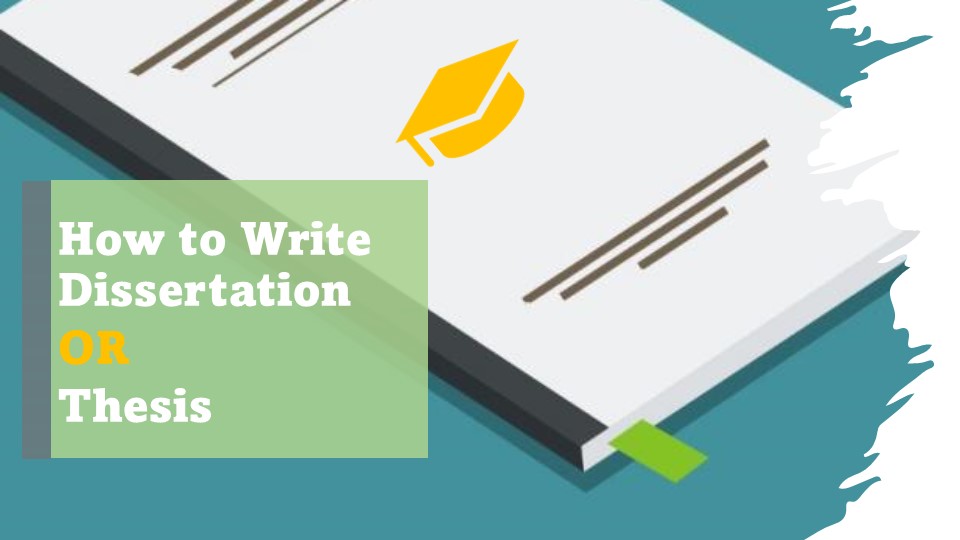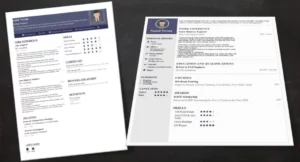How to Write Dissertation | Thesis?
- By
- Pooja |
- April 11, 2022 |
- Civil Engineering,

Table of Contents
How to Write a Literature Review?
How to Write Results and Discussions?
How to Write Abstract?
In academic writing, an abstract is a brief overview of a research article, whether it has been published or not. The typical abstract length is one paragraph (6-7 sentences, 150-250 words). There are several reasons to write an excellent abstract:
In order to assist readers to decide whether or not to read your whole paper, an abstract provides the substance or essence of your work, allowing them to make an informed decision about whether or not to do so. An abstract also helps readers recall key themes from your study.
Online search results and databases employ abstracts, or titles, to find essential phrases for indexing your writeups. As a result, the information you provide in the abstract and article title is critical to the success of the research.
How to Write an Introduction?
Papers that are rejected for "not illustrating the relevance of the issue" or "lacking obvious motivation" often overlook this aspect. Be specific about your goals and why the reader should care if you reach them. We seek to perform X, which is significant since it will lead to Y, which is the simplest framework.
Many papers are rejected because they do not demonstrate the relevance of the issue or lack clear motivation. Make it clear what you aim to accomplish and why your reader should care if you succeed.
When papers are rejected for "lacking clear motivation" or "not exhibiting the relevance of the issue," they tend to forget about this. Tell your reader what you hope to accomplish and why they should be interested in seeing if you succeed. To begin with, the framework can be as simple as "We want to accomplish this goal, which is significant because it will lead to this goal."
Read More:
9 Salary Negotiation Tips to increase your Earnings
How to become a Structure Engineer? 8 Important Points
How to Write a Literature Review?
- Focus your research on a certain area of study and choose your readings accordingly.
- Consider what you're studying. Take a look at your own research interests and those of other researchers in the same field.
- Take notes from lectures and current issues of professional journals and discuss your ideas with your lecturer.
- Focus on a narrower field of study (e.g. France's participation in WWII rather than WWII in general).
- Go to the library and look for books on the subject.
- Determine your criteria for selecting a source (ie. articles printed between a specific date range, focusing on a specific geographic area, or applying a specific method)
- some or all researchers appear to make assumptions about methodology, testing processes, individuals, and materials tested: Conflicting ideas, outcomes, and approaches are widely referenced by several names/labs. how theories have or haven't evolved in popularity through time Look for trends and subtopics in the papers you've chosen and organise them accordingly.
How to Write Results and Discussions?
The results part describes the findings of a study, whereas the discussion section explains the findings and explains their relevance to the reader. The results section should not be repetitive here.
Reviewers may reject a manuscript if the findings and discussion sections contain any of the following:
tables or figures that are not clear
unreliable or faulty data can lead to erroneous or incorrect results, which can lead to an over or underestimation of the findings.
When writing the findings and discussion part, employ a structured format like outlines, points, or subheadings to prevent these issues.
In order for readers to grasp the information, figures and tables must be presented in a clear and concise manner.
How to Write a Conclusion?
Endings are common in most forms of writing. You can influence a reader's opinion with a well-written concluding paragraph, and learning how to do so may make your writing even more effective.
As the concluding piece of writing of an academic paper, essay or article, the conclusion sums up the entire work. You should repeat your thesis, highlight essential supporting arguments, and express your final thoughts on the fundamental topic in the conclusion paragraph.
Your story's underlying message or a deeper truth should be revealed in this concluding statement. Ending a piece with a strong emotional appeal is a great way to tie up all of your ideas and leave your readers feeling satisfied and satisfied.
A conclusion paragraph serves the dual aim of bringing your work to a close and reinforcing the central argument you espoused in the body of your paper. Academic writing relies heavily on the form of the conclusion (for example, personal essays or argumentative essays).
The concluding paragraph of an essay serves to bring the reader's attention back to the thesis statement that is first stated in the introduction paragraph. The writer's takeaway point is well conveyed in a well-written conclusion. It is possible to put a new light on an old concept by concluding a paper with a compelling conclusion.
I hope the blog provides you with adequate knowledge of Dissertation | Thesis and its associated features.
Please feel free to like, share and comment.
Admin, gcelab.com Please see our Pillar Post to know why we founded gcelab.com.
Read More:
How do you answer tell me about yourself in an interview? 5 Important Points
“Why Should We Hire You?” - 5 Excellent Responses

Pooja
Founder at gcelab.com, Pooja is an Entrepreneur unlocking human potential. Working in the Principles of Lean Start-up, Pooja believes in Transparency and User Happiness the most. Pooja’s background in teaching gives her a sophisticated grasp on even the most tedious aspect of course building. She is passionate about people who believe that good is not enough.
Previous Post

